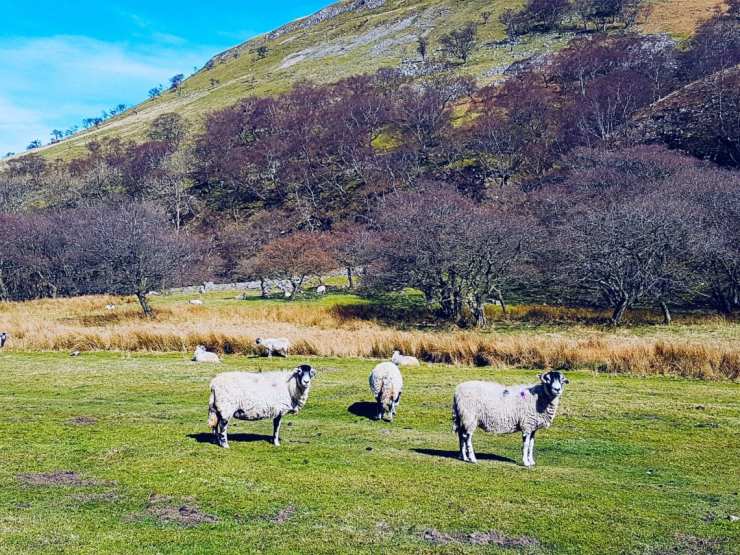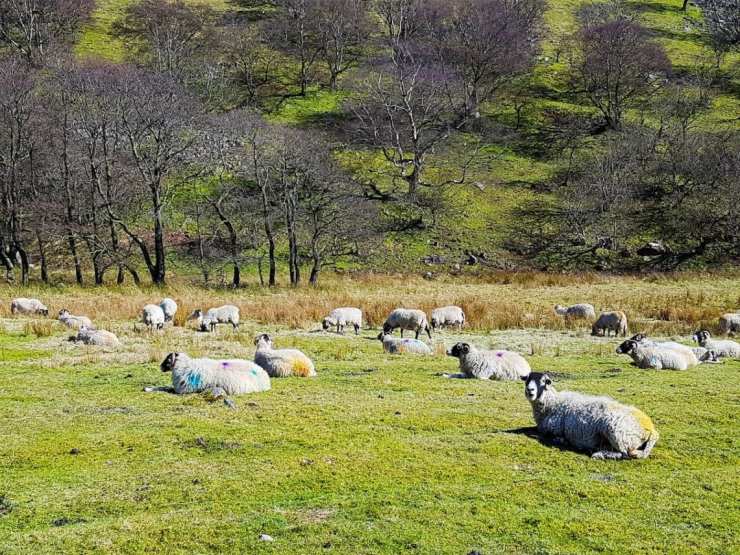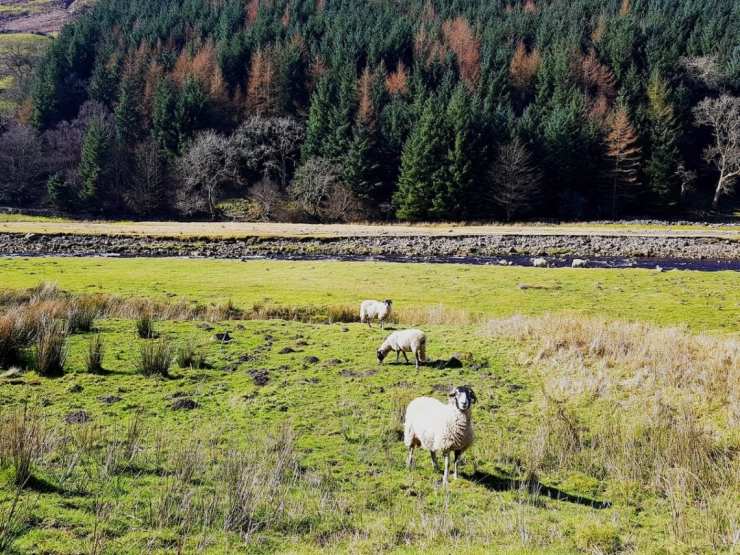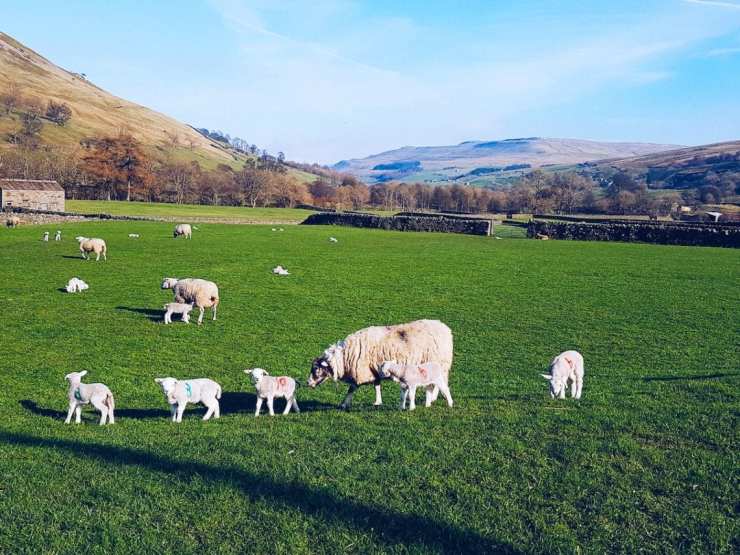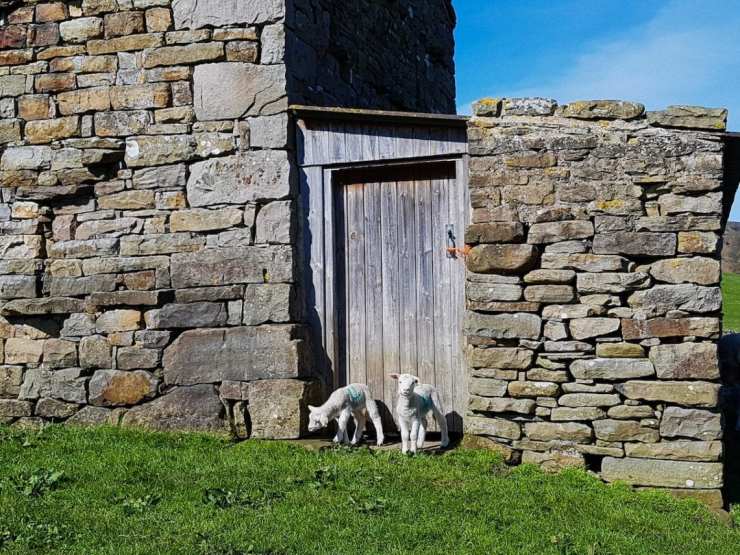It got me with its name. How can you possibly ignore a ‘Crackpot Hall’ when it looms up on the map, right? In the Yorkshire Dales, last weekend, we walked 6 miles from the village of Muker to get to it. Even if it be just an abandoned farmhouse, more than half of its roof having given way to the elements, the ruins added drama, perched above the deep winding valleys of Swaledale.
The word ‘hall’ is a misnomer in Crackpot’s case. It necessarily conjures up visions of grandeur, mansions, opulence, right? Only this was an isolated building. Some of its small and dark rooms were still intact under the portion of roof that remained. A big fireplace recreated suggestions of considerable warmth on cold, windy days. Rusted pots and pans were still to be seen stashed away inside the alcove next to the fireplace. And then a rusted metal bath stood on the side of the room. Bracken and weed grew inside.
Walking through the derelict bits of it, I could imagine the shepherds and farmers who lived in it – their constant struggle to eke out a living from a land that was not kind to them. In the early-1900s a pair of women authored a book titled Swaledale.
They wrote: “Once as we sat gazing at the distant view of Keld (the settlement nearby), there was a sudden rush from behind. Our caps and sticks were snatched away and hurled over the wall and a tiny figure clambered over them with a mocking, chuckling laugh. That was Alice with the madness of the moors about her and all their wariness. ‘Ah you are plaguing me,’ she said.”
That bit was reconstructed into a tale of haunting. Poor Alice. She actually lives near Carlisle, is in her 80s, and laughs a lot. I heard a podcast featuring her on BBC in which she reminisced about her years in Crackpot Hall. It made me smile to hear her recollection of her early years atop the hill. She was born in Crackpot Hall with her brothers and sisters and her father was a farmer. He kept cows, sheep, goats and farmed everything possible. She also mentioned the coffee her mum made and brought to the hay fields as being exceptionally flavourful – that you could relish that coffee even if it went cold. This was some time in the 1930s. The children had the freedom of playing in caves and abandoned lead mines and Alice’s favourite companion was her dog Moss. ‘Moss the dog,” she said, “would only work for my daddy.” They eventually moved to a farm near Hawes because it promised better land and earnings for her father. A shepherd did live in Crackpot Hall for some time after they left it. The building was abandoned in the 1950s.
The name Crackpot is considered to be Viking because of the presence of other Old Norse names in the area such as Keld (it means ‘spring’). Crack translated into ‘a crow’ and pot was a ‘crevice/crag’ in Old Norse. It could be thus deciphered as “a deep hole or chasm that is a haunt of crows”. It is said that there was a building there since the 16th century that served as a hunting lodge for a nobleman and baron who was a follower of Henry VIII. Thomas Wharton went to the dales frequently on red deer hunting expeditions.
It was a perfect day of sunshine and blue skies when we set on the walk, which turned out to be an average to easy one, with bits of steep portions thrown into the jumble. We walked past working farm sheds, met curious, frolicking lambs, flocks of poker-faced Swaledale sheep and a handful of other walkers. We did sit down once in a while to stare at the River Swale gushing by the meadows which we were treading. I have to remark upon the narrowness of the stiles and bridges during the walk. I promise you that a person with considerable girth would get wedged between those dry stone walls that ran through the meadows.
My dear husband felt extremely hot after a while and started taking off his hiking shoes and revealed hairy legs as he hiked up the cuffs of his jeans, moaning out, “Why did I not wear shorts? This is your fault”. With that blame on my head, I trudged ahead. My own shoes were not unlike clodhoppers. But once we were skipping down steep descents and hopping across the stones and boulders on the river, I wanted to give them a hug.






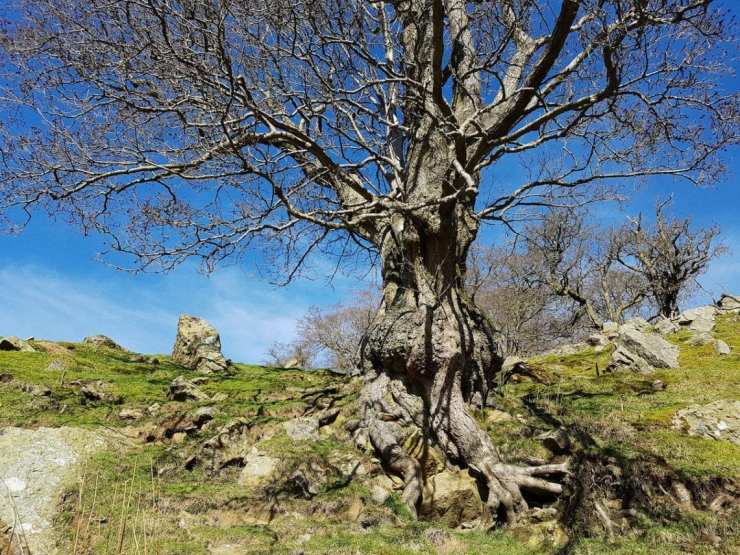







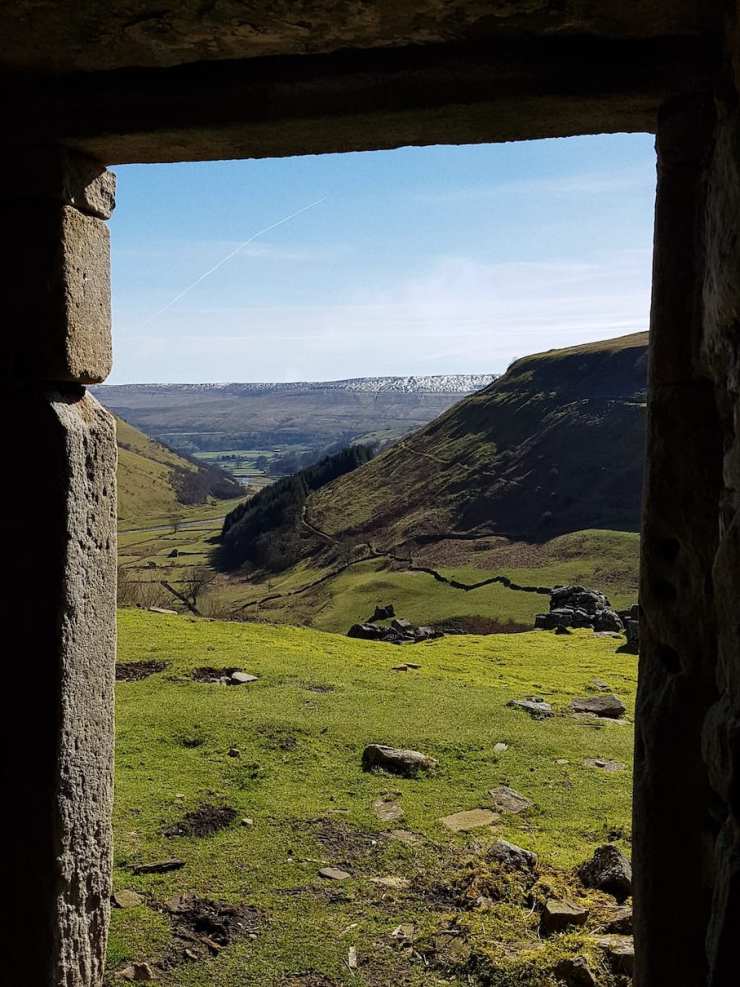






How to Get There: Start the walk from the village of Muker or from Keld. The walk from Muker is longer than the route from Keld. But Muker has a tearoom and better eating options, so we had to listen to the call of the gut.
Where to Stay:
At Keld Lodge (www.keldlodge.com), a former shooting lodge, double en-suite rooms are available for £100 a night and breakfast is included within the price.
A double en-suite room on bed & breakfast basis at Bridge House (www.bridgehousemuker.co.uk) is pegged at £90 per night.
Next up, more on the stunningly green Yorkshire dales and the barren isolation of the moors.


